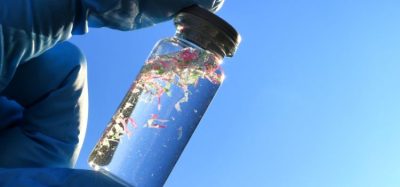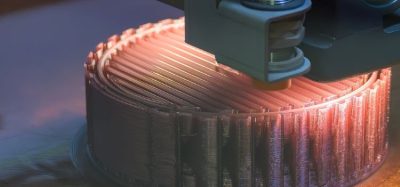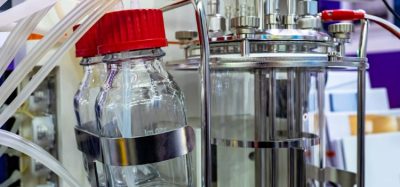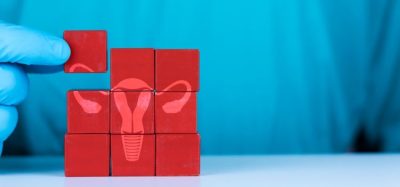Semi-automatic method could provide “superior” bacterial characterisation analysis
Posted: 22 August 2024 | Catherine Eckford (European Pharmaceutical Review) | No comments yet
The analysis technique offers “significant” advantages over traditional colony forming unit (CFU) counts, according to the paper.
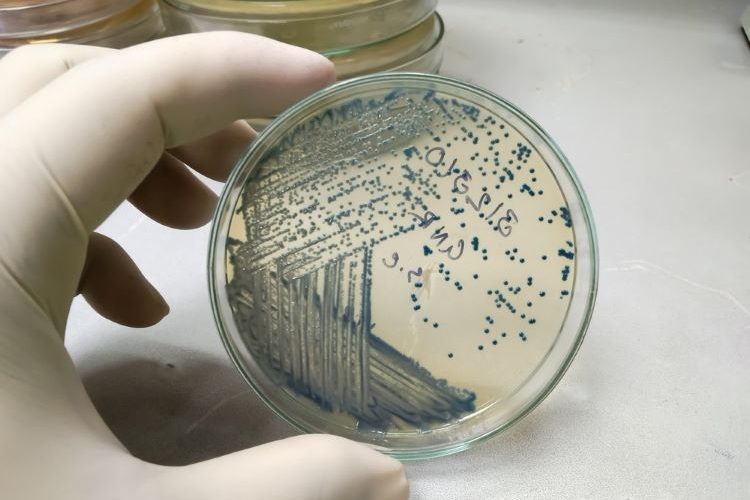

Researchers in Mexico have developed an innovative semi-automatic segmentation method for characterising bacterial growth via a computer vision approach. One of its main benefits is that it enhances efficiency while preserving the rich details of bacterial colonies. Uniquely, the semi-automatic approach “emphasises morphological characterisation”, they explained.
Alvarado-Ruiz et al. stated that the computer system used “identified and quantifies the diverse morphologies within [Pseudomonas koreensis and Escherichia coli] (E. coli) cultures, determining their relative occupancy in an image”. Therefore the semi-automatic procedure provides a “strong” foundation for proceeding manual interventions, the authors remarked.
“Despite technological advancements manual counting of bacterial colonies remains prevalent among some laboratory workers,” the paper highlighted.
In some bacterial cultures, colonies are not well-defined. This results in manual counting or other automated counting methods not being suitable. Positively, the proposed method enables bacterial growth characterisation even in these cases, Alvarado-Ruiz et al. shared.
One of [the technique’s] main benefits is that it enhances efficiency while preserving the rich details of bacterial colonies”
The analysis approach was “effective in mirroring the typical bacterial growth curve phases—lag, exponential, and stationary—across various clusters in the three cases analysed”, according to the authors.
Further advantages of the novel method for characterisation of bacterial colonies
Benefits of the proposed approach offers key insights into bacterial colonies, specifically:
- Composition
- Growth patterns
- Developmental stages.
Additionally, the approach “significantly” minimised the time required for counting, chiefly through “characterising the percentage of occupancy within the culture”.
One key benefit is that the technique “effectively highlighted intricate patterns and details that could be easily overlooked, even by skilled observers”, thereby facilitating a more thorough understanding of the samples of bacterial colonies tested.
Using occupancy percentage as a metric, this enables “a more comprehensive evaluation” during analysis of the samples. This is because it “not only captures the quantitative aspects of bacterial cultures, but also reflects the qualitative diversity within the microbial community”.
This paper is a preprint for publication on biorxiv.
Related topics
Data Analysis, Industry Insight, Microbial Detection, Microbiology, Technology




